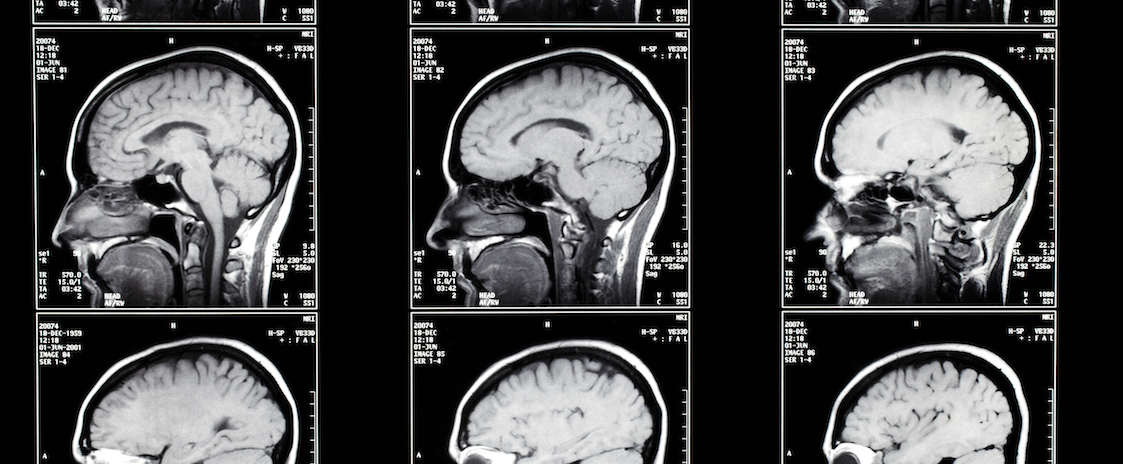Teenagers in the U.S. are more likely to use alcohol than any other substance. Unfortunately, alcohol use in adolescence comes with greater risks than adult alcohol use, and significant numbers of teens will develop serious drinking-related problems. In a series of studies presented in late 2014 to the Society for Neuroscience, researchers from Georgetown University Medical Center outlined some of the latest knowledge on the underlying, brain-related factors that can make any given teenager or preteen more likely to develop problems related to his or her alcohol intake.
Teen Drinking Statistics
The National Institute on Drug Abuse uses an annual, University of Michigan-led survey project called Monitoring the Future to keep tabs on the amount of alcohol consumed by American teenagers in three grades: eighth grade, 10th grade and 12th grade. 2013 figures from this project reveal that roughly 39 percent of all 12th graders consumed at least some alcohol on a monthly basis. Tenth graders had a basic monthly drinking rate of 25.7 percent, while eighth graders had a monthly drinking rate of 10.2 percent. Monitoring the Future also tracks the percentages of teens who get drunk in any given month. In 2013, 26 percent of all 12th graders got drunk on at least a monthly basis. Tenth graders had a monthly drunkenness rate of 12.8 percent, while eighth graders had a monthly drunkenness rate of 3.5 percent.
Teen alcohol consumption is on a downward trend across the U.S. Teen drunkenness is also mostly on a downward trend. Despite these facts, the average adolescent still has a higher chance of getting involved in alcohol use than getting involved in the use of marijuana/cannabis, the most popular illicit/illegal drug among teenagers (and among the adult population).
Teen Drinking Risks
Alcohol consumption by a teenager or anyone else under the legal drinking age of 21 comes with a range of serious and potentially severe or fatal risks, the Centers for Disease Control and Prevention reports. These risks include exposure to car crashes or other injury-producing situations, exposure to sexual and physical violence, increased chances of killing someone or committing suicide, increased chances of taking part in unprotected sex, potentially lasting alteration of normal brain development and exposure to potentially fatal episodes of alcohol poisoning. Much of the risk associated with underage drinking is directly or indirectly related to the prevalence of binge drinking, a practice centered on the rapid intake of enough alcohol to reach or exceed the threshold for drunkenness.
Which Factors Contribute?
The Georgetown University researchers presented a total four studies to the Society for Neuroscience. All of the studies drew on information gathered from a single group of 135 teens and preteens. These participants underwent MRI (magnetic resonance imaging) and fMRI (functional magnetic resonance imaging) tests designed to detail the structure and working condition of their brains. The participants also answered questionnaires designed to calculate various aspects of their risks for developing serious alcohol problems in the future.
In the first study, the researchers concluded that adolescents with a medium or high chance of developing diagnosable alcohol problems have a reduced ability to use executive function, a collection of logical skills that help children and adults control their behaviors and deal with their emotions in appropriate ways. In the second study, the researchers concluded that adolescents with a medium or high chance of developing diagnosable alcohol problems have fewer connections between two key areas of the brain that help make executive function possible.
In the third study, the researchers concluded that adolescents who consume diets with relatively high sugar content have a harder time delaying rewards than adolescents who consume diets with relatively low sugar content. This means that high sugar-consuming teens and preteens may have a reduced ability to control their impulsive behaviors and avoid the consumption of alcohol and other substances. In the fourth study, the researchers examined the impact that the consumption rate of an important omega-3 fatty acid, called DHA, has on adolescents’ chances of acting in highly impulsive ways. They concluded that level of DHA intake does not have a direct effect on preteens’ and teens’ impulsive behavior. However, they also concluded that the brains of preteens and teens who consume diets low in DHA apparently work overtime to maintain essential executive function-related skills.








